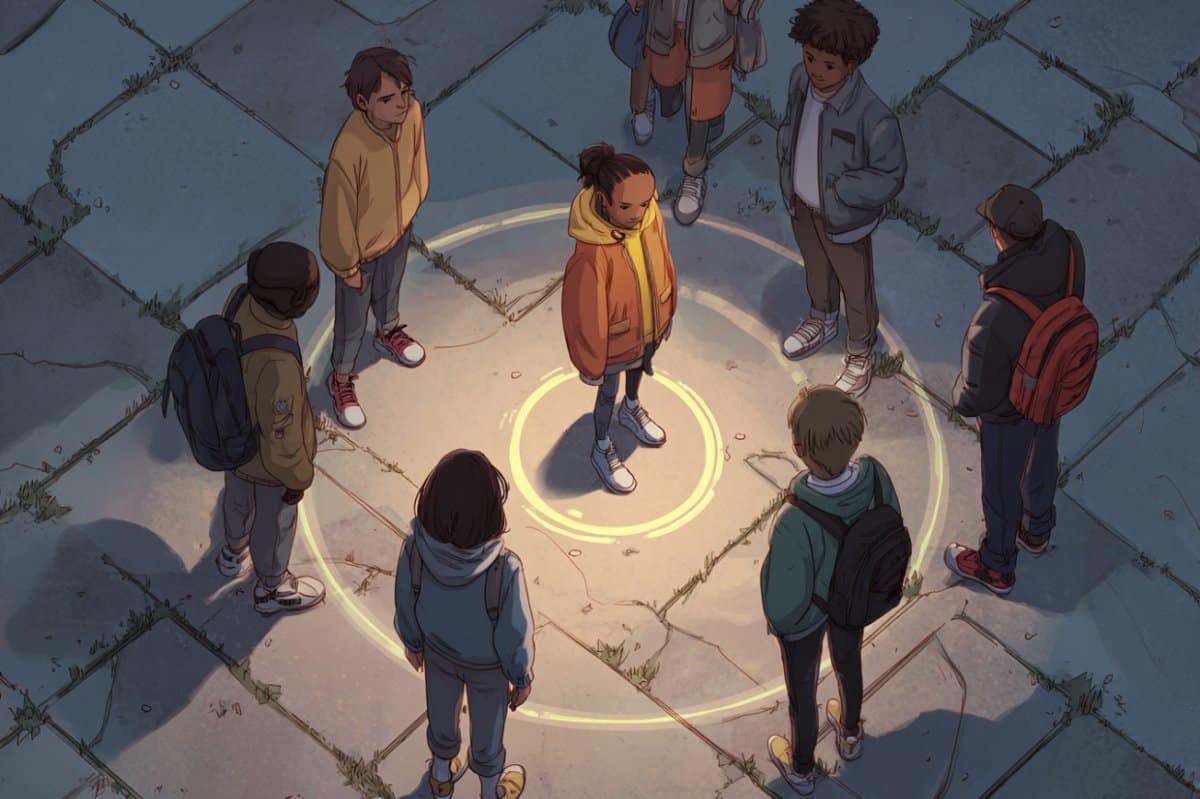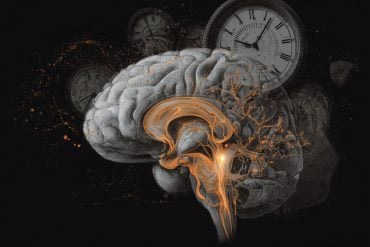Summary: A new study reveals that childhood emotional trauma increases social avoidance and distress in adolescents, but resilience can help mitigate these effects. Surveying 577 junior high students, researchers found resilience acted as a buffer, enabling traumatized teens to engage more positively with peers.
However, adolescents who grew up as “left-behind” children — with absent parents due to work — showed weaker protective effects from resilience. These findings highlight the need for targeted support for vulnerable groups to foster healthy social development.
Key Facts:
- Trauma Impact: Childhood emotional trauma predicts higher social avoidance and distress in teens.
- Resilience as a Buffer: Psychological resilience mediates and reduces the negative social effects of trauma.
- Left-Behind Vulnerability: Resilience is less protective for teens with left-behind experiences.
Source: Neuroscience News
Adolescence is a time of intense social development, where communication, connection, and understanding shape both mental and physical health. But for some young people, childhood emotional trauma casts a long shadow, making social interactions fraught with avoidance and distress.
A new study sheds light on how psychological resilience can buffer these effects — and how certain life experiences can change that dynamic.

Researchers surveyed 577 junior high school students to explore how early emotional trauma influences their social behavior and well-being. They found that students who experienced higher levels of emotional trauma as children were more likely to avoid social interactions and feel distress in social situations.
Importantly, psychological resilience — the ability to adapt and recover from adversity — acted as a mediator, reducing the link between trauma and social struggles. In other words, more resilient students were better able to cope socially despite earlier trauma.
However, the study also revealed a moderating factor: being a “left-behind” child, meaning having parents who work away from home for extended periods. For these students, resilience was less effective in mitigating the impact of trauma on social distress.
This finding highlights a vulnerability in left-behind adolescents, suggesting that family separation may undermine some of the protective benefits of resilience.
The research provides both theoretical and practical insight, underscoring the complex interplay of early trauma, resilience, and social development. For educators, parents, and mental health professionals, it points to the importance of fostering resilience in all adolescents — but also of paying special attention to left-behind students, who may need additional support.
Future research, the authors note, should delve deeper into these dynamics and test interventions to strengthen both resilience and social confidence.
This work reminds us that while childhood trauma can profoundly affect adolescent development, targeted efforts to build resilience and address the unique challenges of vulnerable groups can help young people find their place in the social world — and thrive.
About this neurodevelopment and social neuroscience research news
Author: Neuroscience News Communications
Source: Neuroscience News
Contact: Neuroscience News Communications – Neuroscience News
Image: The image is credited to Neuroscience News
Source: Open access.
“Childhood emotional trauma and social avoidance and distress in adolescents: psychological resilience as mediator and left-behind experience as moderator” by Ding Zhang et al. Frontiers in Psychology
Abstract
Childhood emotional trauma and social avoidance and distress in adolescents: psychological resilience as mediator and left-behind experience as moderator
Introduction: Adolescents are navigating a critical phase of developmental transition, characterized by a profound need for interpersonal communication and mutual understanding.
This study investigates the relationship between childhood emotional trauma and social avoidance and distress among junior high school students, with the goal of establishing effective interpersonal interaction patterns and fostering the healthy physical and mental development of adolescents.
Methods: A model was developed to examine the mediating role of psychological resilience in the relationship between childhood emotional trauma and social avoidance and distress, as well as the moderating role of left-behind experience within this mediating pathway. Data from 577 students were analyzed using SPSS 22.
Results: (1) Childhood emotional trauma significantly and positively predicts social avoidance and distress; (2) psychological resilience mediates the relationship between childhood emotional trauma and social avoidance and distress; (3) left-behind experience moderates the association between psychological resilience and social avoidance and distress.
Discussion: These findings contribute to the theoretical understanding of childhood trauma and its social consequences, while offering practical insights for addressing social avoidance and distress among junior high school students. The study also discusses its theoretical and practical implications, limitations, and potential directions for future research.






